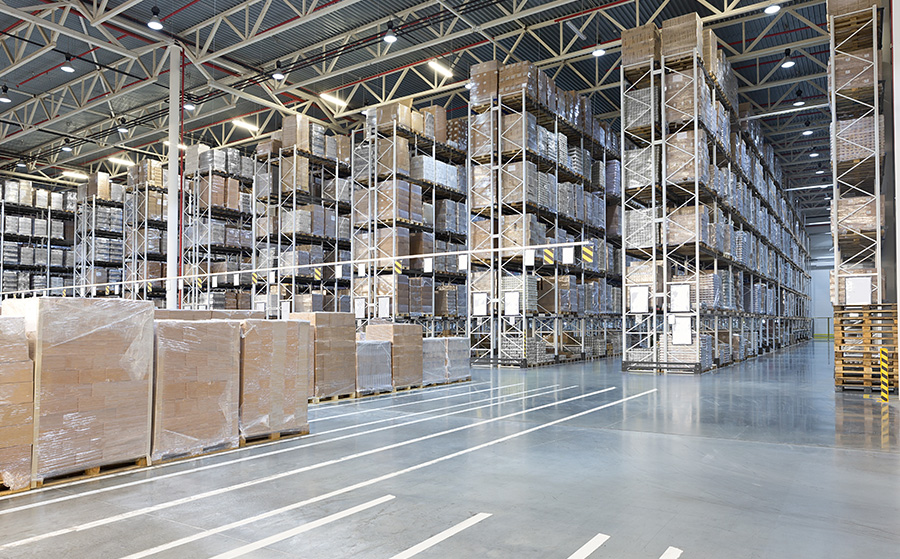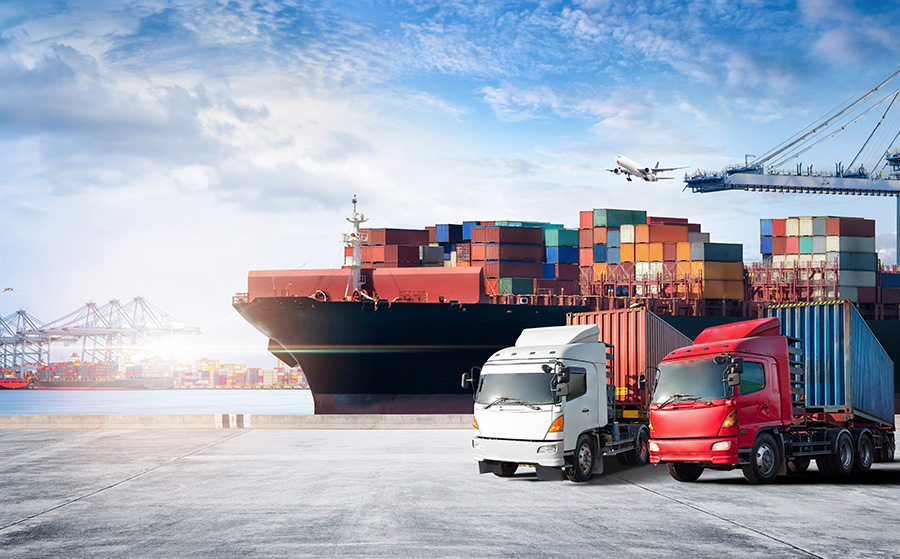One-Piece-Proxy Shipment from Malaysia Overseas Warehouse
One-piece-proxy shipment from Malaysia overseas warehouse refers to the process where e-commerce sellers send their goods
to a warehouse in Malaysia, and the warehouse is responsible for storage, packing, and shipping. This service model not only
simplifies the complexities of cross-border transactions but also improves order processing efficiency and reduces operating costs.
Process of One-Piece-Proxy Shipment from Malaysia Overseas Warehouse
1. Headhaul Transportation:
Sellers arrange for bulk transportation of goods to the Darma Logistics Malaysia overseas warehouse through a cooperating headhaul
logistics provider (or directly via Darma Logistics' headhaul services). This is typically done via sea freight, as it is the most cost-effective
option for large volumes of goods. The process of a formal overseas warehouse is relatively rigorous. There are many details that sellers
need to pay attention to when shipping goods overseas; otherwise, unnecessary economic losses can easily occur. As an overseas warehouse
with over a decade of experience, we have written a guide for everyone on this topic. Those who need it can first bookmark
the "Cross-Border E-commerce Overseas Warehouse Shipping and Warehousing Process Guide."
2. Warehousing and Shelving:
During the warehousing stage, the overseas warehouse service provider is responsible for receiving the seller's goods and conducting inventory
counting, acceptance, coding, and inventory management. To ensure the accuracy and security of the products, sellers need to ensure that each
item is labeled with a clear SKU tag and warehousing box label, enabling warehouse staff to quickly identify and shelve the goods.
3. Order Processing:
Once the goods are successfully warehoused and shelved, sellers can begin selling on e-commerce platforms. When a buyer places
an order on platforms like Shopee or TikTok, the order information is automatically synchronized to the logistics management system
of the overseas warehouse. This step relies on the data integration and synchronization mechanism between the e-commerce platform
and the overseas warehouse system, ensuring the accuracy and timeliness of order information.
4. Picking and Shipping:
During the picking and packing stage, warehouse workers print picking lists based on order information and proceed to the shelves to
pick the goods according to the list. After picking, workers scan, pack, and label the goods with shipping labels. This step marks the
readiness of the goods for dispatch, awaiting delivery by the logistics channel.
5. Delivery to Courier:
The shipping stage is one of the key links in the entire process. After receiving the order operation information, Darma Logistics' Malaysia
overseas warehouse prepares the goods according to the instructions and hands over the packages to local courier companies such as
USPS, DHL, UPS, or FedEx for delivery.
6. Logistics Tracking Until Sign-off:
During the logistics tracking phase, both sellers and buyers can view the logistics information of the package in real-time
through the tracking system. This feature not only enhances logistics transparency but also allows sellers to promptly address any issues that arise.
The one-piece-proxy shipment is completed once the buyer receives the package shipped from Darma Logistics' overseas warehouse.

Costs Covered:
1. Headhaul Transportation Fee:
- This is the cost incurred when sellers transport goods to Malaysia. The fees for sea freight and air freight vary, with sea freight being
more cost-effective.
2. Warehousing Fee:
- This is the cost associated with storing goods in the Malaysia overseas warehouse, typically calculated based on the area occupied
by the goods. Darma Logistics' Malaysia overseas warehouse uses theoretical volume for calculation, which is much more cost-effective
than actual volume (considering packing gaps and space wastage).
3. Warehousing and Shelving Fee:
- When goods are transported to the overseas warehouse, staff will unload, organize, and shelve the goods, and may conduct inventory
counting if necessary. These operations incur management fees, known in the industry as warehousing and shelving fees.
4. Shipping Operation Fee + Pick-up Fee:
- When a buyer places an order, the seller's system relays this information to the overseas warehouse, which then arranges for picking,
labeling, and delivery (one-piece-proxy shipment). This process incurs shipping operation fees and pick-up fees.
5. Value-Added Service Fee:
- If sellers require additional services such as packaging, labeling, relabeling, or transshipment, a value-added service fee will be charged
based on the specific services selected by the seller.
These are the main costs associated with Malaysia overseas warehouses, which may vary depending on each warehouse's fee structure
and the seller's specific needs.
